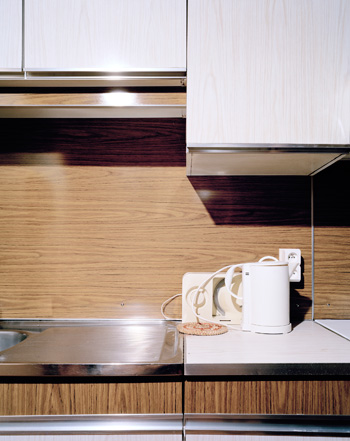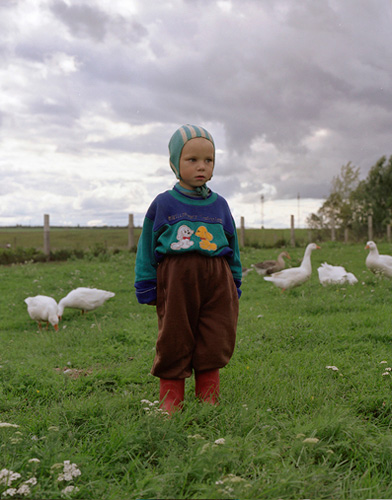There’s some great news and street photography. And there’s some glorious contemporary and art photography.
But not on this site.
Melissa De Witt, Editor - HotShoe ('Fresh Perspectives on Contemporary Photography’) writes, in the December/January 2008 issue, “When it comes to photography, even more than with painting or sculpture, I often hear something along the lines of “I could have done that”. But of course, they didn’t”.
Although surely the question is - would we want to?
There are a lot of photographers that don’t care whether what they take is good or not - they photograph for fun.
But there are a lot of acclaimed photographers who take their photos very seriously, despite some of their photos being seriously awful.
You know the type of photos I mean. They get featured over several pages in the hippest New York or Amsterdam photo magazines. They are exhibited at ‘Paris Photo’. They hang as overlarge prints in London’s ‘Photographers’ Gallery’.
They may be technically perfect but the content - washed out photos of waves; staged shots of somnolent streets; posed pix of facially paralysed people; boring images of insipid interactions; red and green and nothing else or just grey - means these shots should have been deleted, not distributed.
You look at this photography and you think - that’s
paltry photography.
And the text written to accompany the exhibition or publication of these photos usually only heightens the hubris.
De Witt is partially right when she goes on. “And the reason they didn’t is often, because, in actuality, they couldn’t. Sure anyone can press a button, but not everyone can do the crucial bit”.
Others may not be able to take these photos because they don’t have the very expensive cameras that are needed to make the (de rigueur) very large prints. Others may not be able to talk the ‘talk’ of star photographers (‘But don’t you know - kitsch is kool?’ It's retro-chic!).
Criticism of these images is not about being philistine. It’s good to be experimental. I like photos that push boundaries, take risks and sometimes fail. Some of these photos are just meant to be part of series or may be meant to be just a straight documentary shot - but if so, why promote them as works of art?
Where did it all go wrong?
I don't know but I can often see echoes of New Topographics, a 1975 photo exhibition, in many of the shots. The languid photos exhibited here - that you may often think are an accidental shot taken whilst the camera was being clumsily held, or look like a background in want of a picture - are usually the opposite of the dramatic, or eye-catching, images that often make the best photos.
And the dictatorship of themes. 'The development of the Civil War in the Congo' - yes. 'The role of the paperclip as a metaphor for relationships - no.
And what section in the 'Law of Photography' bans selections of just good, although unrelated, images or even a single excellent shot for display in venues that take photography 'seriously'?
The images (and accompanying text) on this website are, or were, in recent exhibitions or publications.
But soon they’ll be looking just as risible as those 60s images featured in Martin Parr’s “Boring Postcards” books.




























